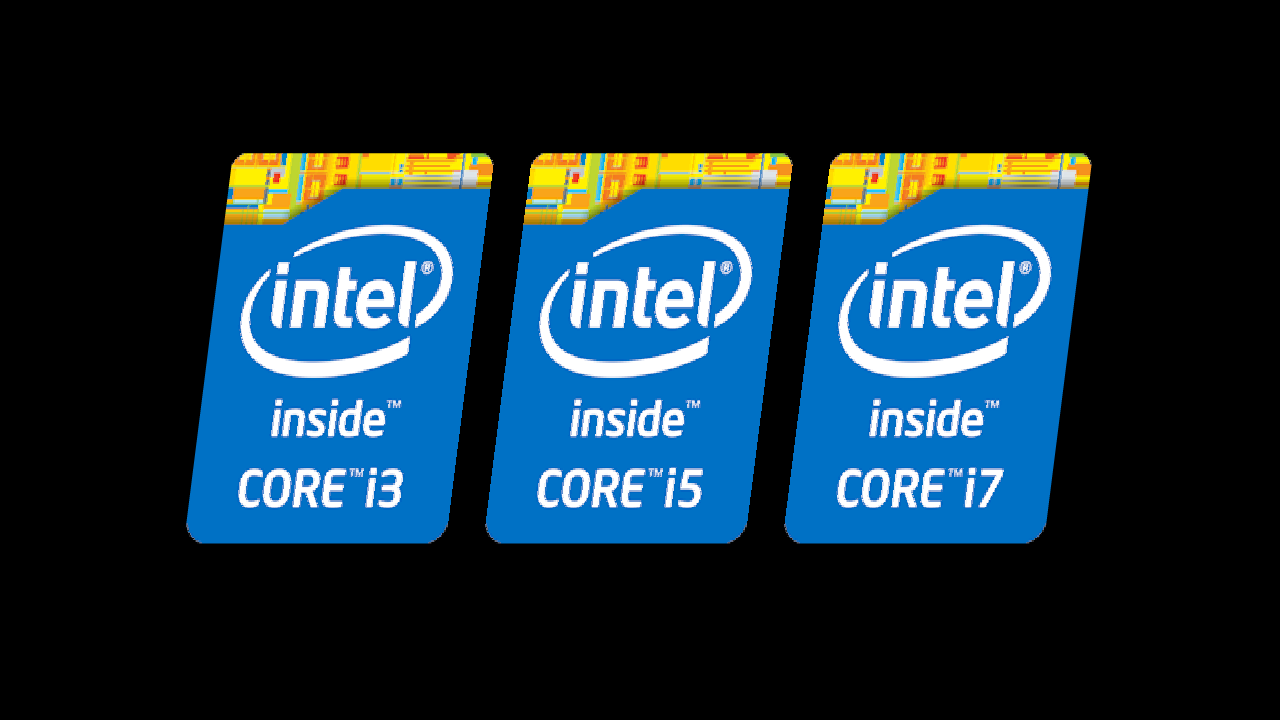What is the Difference Between Intel Core i3, i5 & i7?
Intel is one of the biggest chip manufacturers around the globe

Intel is one of the biggest chip manufacturers around the globe. Almost every single personal computer and laptop comes with an Intel chip inside. This chip includes the processor unit and graphics card unit. Intel uses a kind of fancy naming system for its processor units. Intel core i3, i5, and i7 are their three central processor units. So the question may sneak into your mind, what this name means? This post will explain the difference between these processor units.
Generation Difference
Each year Intel launches its new generation of processors. The latest generation chips include more advanced features compared to the previous ones. It has power consumption, transistor size, performance, cutting-edge architecture, more RAM support, and more cache size. The newest generation graphics card also provides more advanced visuals. For example, 6th gen Intel processors have a 14nm transistor size than 22nm in the 5th gen. RAM has moved from DDR3 to DDR4, which significantly decreases power consumption. 6th gen Intel core processors also support RAM up to 64GB. All these changes help to boost performance.
Clock Speed
Clock speed is the max amount of frequency at which a processor can run. Most of the CPUs are measured in GHz (GigaHertz). Intel core i7 has more clock speed than core i5, and Core i5 has more clock speed than i3. For example, Intel Core i5-3210M has a clock speed of 2.5GHz, and the core i3-3110M has a clock speed of 2.4GHz.
Turbo Boost
Intel’s turbo boost technology allows a processor to increase its clock speed whenever needed. The max amount of performance boost is set to a limited quantity. The turbo boost depends on many factors, such as processor temperature, active core, and current power consumption. The maximum turbo boost available for Intel Core i5-3210M is up to 3.1GHz. All Intel Core i3 processor doesn’t support turbo boost. Because all i5 processors are equipped with turbo boost technology, they can beat any core i3 processor.
Cache Size
The cache is nothing but a CPU’s memory unit. Whenever the CPU needs some instruction set repeatedly, it stores that data in cache memory. Cache memory is more like RAM but faster. Cache memory is the fastest type of memory on the computer. Without cache memory, the CPU would have to look into a hard disk drive for data repeatedly; this process would be time-consuming. So, cache minimizes interaction between CPU and hard disk or CPU and RAM, saving time. Typically more amount of stock is better for faster performance. All Intel Core i3 processors have 3MB or 4MB of cache memory. The Core i5 has 4MB to 6MB of cache memory, and the i7 has 6MB to 8MB of cache memory. The extreme edition i7 processor can have up to 25 MB of cache memory. This is also why i7 is better than i5, and i5 is better than i3.
Hyper-Threading
Typically, in a processor, one core can only handle one thread simultaneously. So, if your CPU is quad-core, it can take only four lines. However, Intel has its technology called Hyper-Threading, in which each CPU core can handle two threads simultaneously. The idea behind Hyper-Threading is that it consists of two logical processors per core, each of which runs independently of the other. Each logical processor can be interrupted, stopped, or run a particular thread without interrupting others.
So, if you have a computer with a quad-core Intel processor, it can handle eight threads simultaneously. Core i3 & i7 processors support Hyper-Threading; core i5 doesn’t support Hyper-Threading except for core i5-4570T.
Number Of Cores
The number of CPU cores is one of the most critical factors. The more CPU cores, the more tasks the CPU can handle simultaneously. Talking about the i3, all of these babies come with a dual-core variant. Intel Core i3 has the lowest number of CPU cores among its siblings.
Most of the i5 processors have four cores. Some of the i5 processors are dual-core, like Core i5-4570T. Intel Core i7 comes in many variants. The standard i7 comes in either a double or quad-core version. Intel Core i7, Extreme Edition processors, have 4, 6, 8, and 10 cores. Do you want to learn how to identify the CPU cores? Here is a track down below:
I hope this article will help you clear any doubts and questions. Feel free to comment down below. Also, subscribe to our newsletter to get the latest posts in your mailbox.

